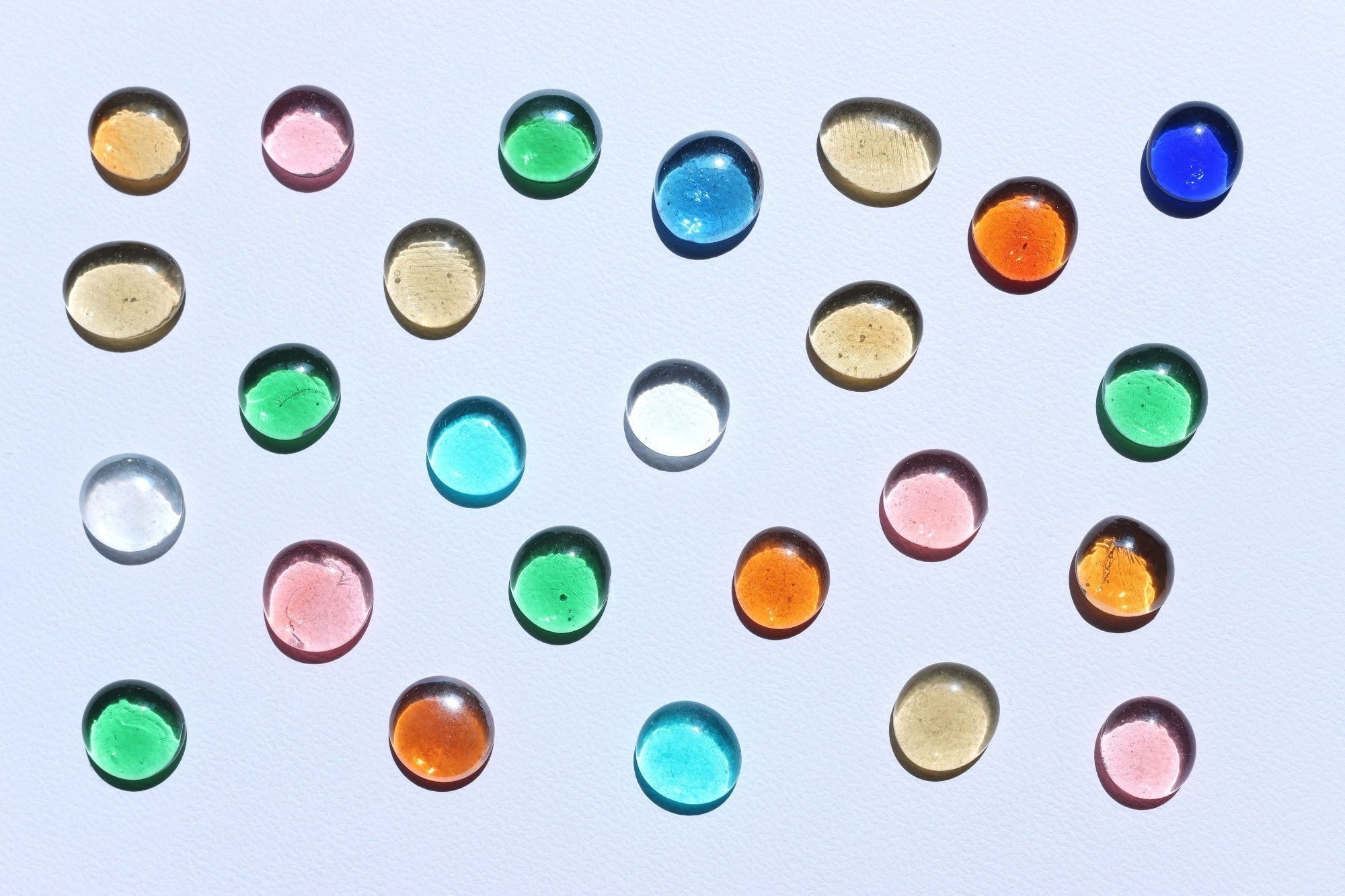Every material is uniquely made up of an array of different elements which result in its characteristic performance. Gaining an understanding of a material’s components through elemental analysis, manufactures can provide quality control, ensuring that any contamination is recognized and that batch standards stay consistent.

Image Credit: tomertu/Shutterstock.com
X-Ray fluorescence (XRF) spectroscopy can be used to determine a material's elemental makeup. The characterizing technique can be used in a variety of industries, including archaeology and art to examine pigments, environmental research to monitor pollution, and pharmaceuticals to analyze drugs.
Sample preparation in XRF spectrometry is a key step that can influence the results of analysis. It can improve sample homogeneity, which, if left uncontrolled, can impair measurement validity, prevent contamination, and improve the accuracy of findings.
Glass beads can be created during sample preparation and are a reliable method of preserving the accuracy of the analysis. This article explores the preparation of these glass beads for XRF spectrometry.
Understanding the Glass Beads Applied to XRF Spectrometry
Glass beads, shaped like discs, are used as a medium for XRF measurements. They can be used to prepare a wide range of materials, including rocks, soil, and minerals. The use of glass beads in XRF spectrometry has numerous benefits.
These beads are homogenous, which means the samples are highly uniform, eliminating problems caused by particle size and preventing matrix effects from interfering with tests.
The use of these glass beads may also help to rectify any imperfections in the surface area of the powder. Their smooth and flat surfaces can improve the reproducibility of results and even enable the complete dissolving of tougher samples such as alumina and silicon.
The Glass Bead Production Process
To make glass beads suitable for XRF spectrometry, the following ingredients are required:
- The sample in powdered form
- A flux, made from materials such as lithium tetraborate
- A platinum or platinum-gold crucible
- A furnace or fusion machine
- A mold
- A balance
1. Forming the Sample
First, grind your sample material into a fine powder. This ensures that when it is coupled with the flux it will be more uniform. Once completed, weigh the sample, which should be between 0.5 and 1.0 g. Weighing the sample can help you determine how much flux is needed.
It is also essential to help measure elemental concentration and ensure sample consistency, as the weights will be standardized.
2. Applying the Flux
After weighing the sample, the flux must be weighed. The typical sample-to-flux ratio is approximately 1:10. The sample and flux can then be combined.
3. Increasing the Temperature
Next, place the combined sample and flux mixture into a crucible, and then transfer the crucible to a furnace/fusion machine.
Make sure the temperature is between 900 and 1200 °C, then let the combined flux and sample melt for around five to 10 minutes. You can also gently spin the crucible to ensure the blend is homogeneous.
4. Placing the Mixture in the Mold
Now that the combined sample and flux are completely melted, it can be put into a preheated mold to form a bead. Allow it to cool in the mold, but not too quickly, as cooling too fast can disrupt homogeneity or cause cracks.
5. Retrieving the Glass Bead
Once cold, the glass bead can be removed from the mold. Check the bead for fractures and ensure homogeneity and surface smoothness. If the glass bead passes the test, it is time to subject it to XRF spectrometry.
Obtain Robust Results in XRF Spectrometry with Glass Beads
XRF spectrometry is essential for identifying the many elements found in different materials. To fully appreciate the potential of these materials, XRF spectrometry must be performed with care to produce outstanding findings. Using glass beads during sample preparation for XRF spectrometry can help keep the analysis correct.
XRF Scientific can help if your work requires the use of XRF spectrometry. The company provides additional information about XRF spectrometers as well as sample preparation products. Visit the company’s website to see how XRF Scientific can improve your XRF spectrometry and help you achieve results that will assist your research.

This information has been sourced, reviewed, and adapted from materials provided by XRF Scientific.
For more information on this source, please visit XRF Scientific.